In the Media

Popular Peers set the Norm for Bullying
News item at the website of Utrecht University (The Netherlands), in which I explain how popular youth set a norm for bullying, but also for positive behavior.

Open Science is a Bumpy Road
Blog post where I explain how Open Science is liberating yet challenging at times.

Who is being defended and why?
Blogpost on a study on the SOLID project in which I highlight that 1 out of 4 students are not defended if they are bullied. Strikingly, those suffering from social or emotional problems are often the ones who are non-defended.

Popular Peers as Key to More Positive Classrooms
Background article at the website of the Institute for School Safety (Stichting School & Veiligheid, the Netherlands) providing guidelines to teachers on how popular peers can be encouraged to be positive role models.
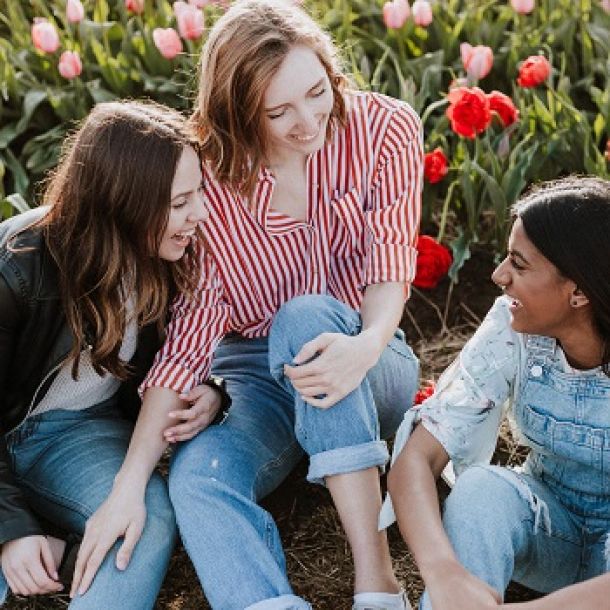
Friendships in Adolescence
An interview in a Dutch newspaper (Financieel Dagblad) in which I tell about the role of friends and other peers in adolescent wellbeing and classroom experiences.
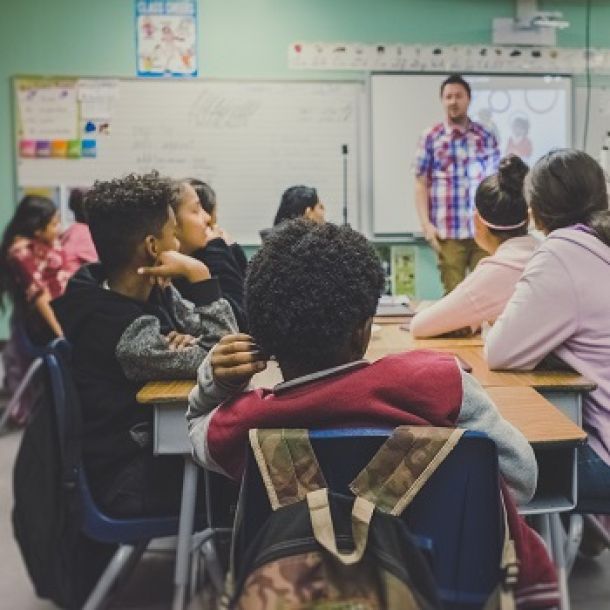
What Makes Someone Popular?
I was interviewed by Quest Psychology about the question why some youth in adolescence are popular and why some are not. My research shows that this depends on the classroom: in some classrooms it is cool to be bossy or a bully, but in other classrooms, this is not done. Thus, popularity should be understood in its context!

How Students Form a Pecking Order
Hierarchies are bad! In this interview, together with Mitch Prinstein, I posit that in classrooms where there are strong variations between students in how popular they are, students try to use negative, aggressive behaviors to climb upon the popularity ladder.

Friendship Struggles
Cosmogirl! interviewed me about the struggles that youth may have with their friends, and how these can be fixed.
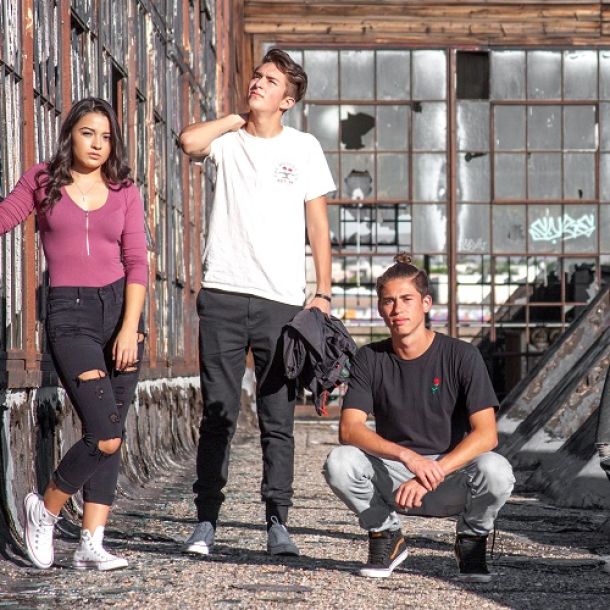
Friends are Vital!
A nice overview of my work in Jente, a magazine for parents. During adolescence, parent supervision wanes, paving the way for peer influence. Having friends is essential in a developmental period where peers become increasingly prominent - how should parents react to these developmental changes?
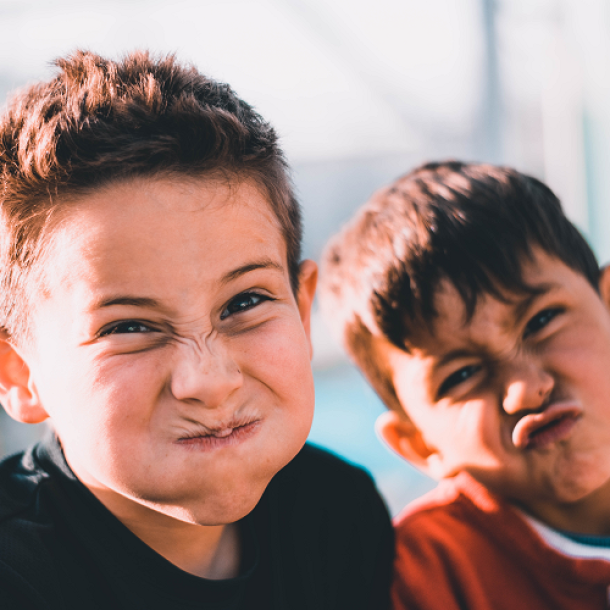
Peer Influence: Why Are Friends often Alike?
"Birds of a feather flock together" is an often-used saying. In adolescence, youth tend to cluster together with peers who are similar to them, and they may even become more similar over time due to peer influence - for better, or for worse. My research shows that classroom norms matter for these friendship selection and influence processes.

Does Being Defended Help Victims of Bullying?
Item in Quest Magazine (The Netherlands) in which I question whether being defended always helps victims. Of course, defending others is a good thing. But does it always work out as we hope, or may it sometimes cause even more trouble?

Webinar: How to prevent bullying? 5 Tips & Tricks for Teachers (in Dutch)
https://www.schoolenveiligheid.nl/kennisbank/vijf-tips-om-pesten-te-voorkomen/
More in the Media
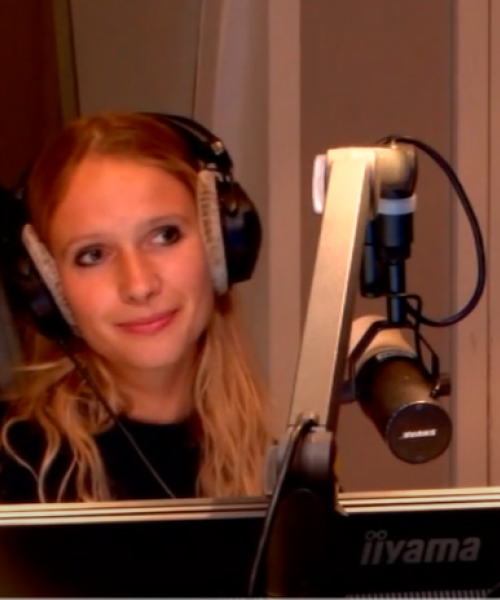
Radio Interview 3 FM about Friendship
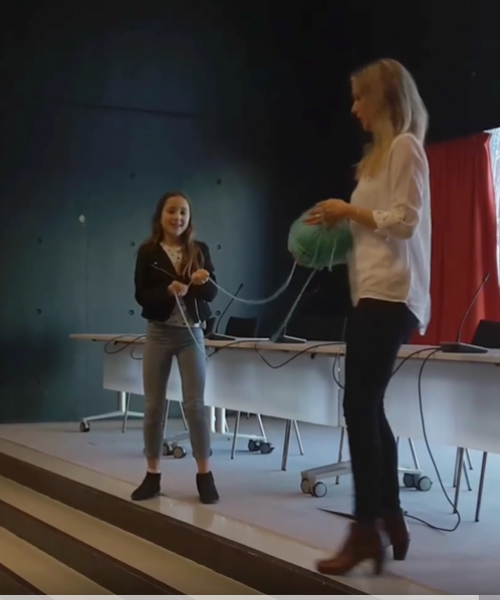
Lectures for Children

What works best against bullying? A podcast
Pesten komt nog altijd vaak voor en kan zeer ingrijpend zijn in het leven van kinderen. Zelfs jaren later kunnen er nog gevolgen aan vast zitten. Hoe kan je als jeugdprofessional helpen om pestgedrag tegen te gaan? Welke interventies zijn effectief? Presentator Glenn van den Burg spreekt deze podcastaflevering met Lydia Laninga-Wijnen van de Universiteit Utrecht. Zij doet onderzoek naar pesten bij adolescenten. De andere gast is Marijke van der Zalm, projectleider van de Week tegen Pesten.

